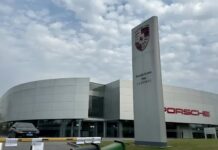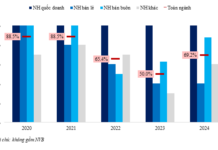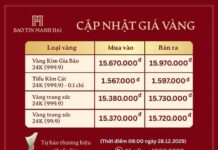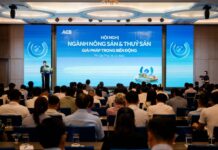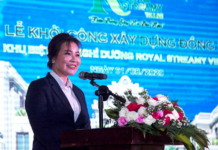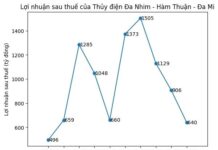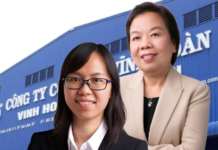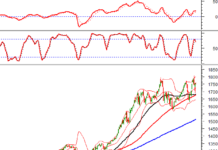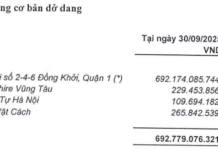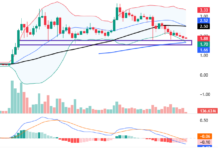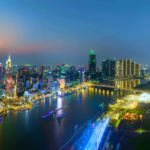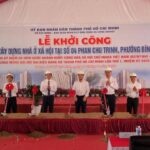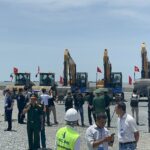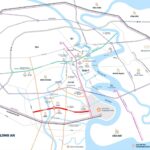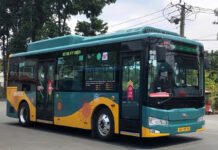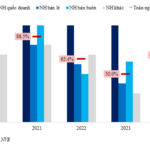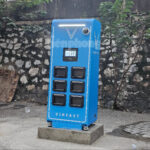Unblocking Key Projects
At the regular meeting on the socio-economic situation of Ho Chi Minh City on August 9, 2025, chaired by Chairman of the Municipal People’s Committee Nguyen Van Duoc, the Director of the Municipal Department of Finance, Nguyen Cong Vinh, reported that the city’s special working group had met and concluded on specific projects.
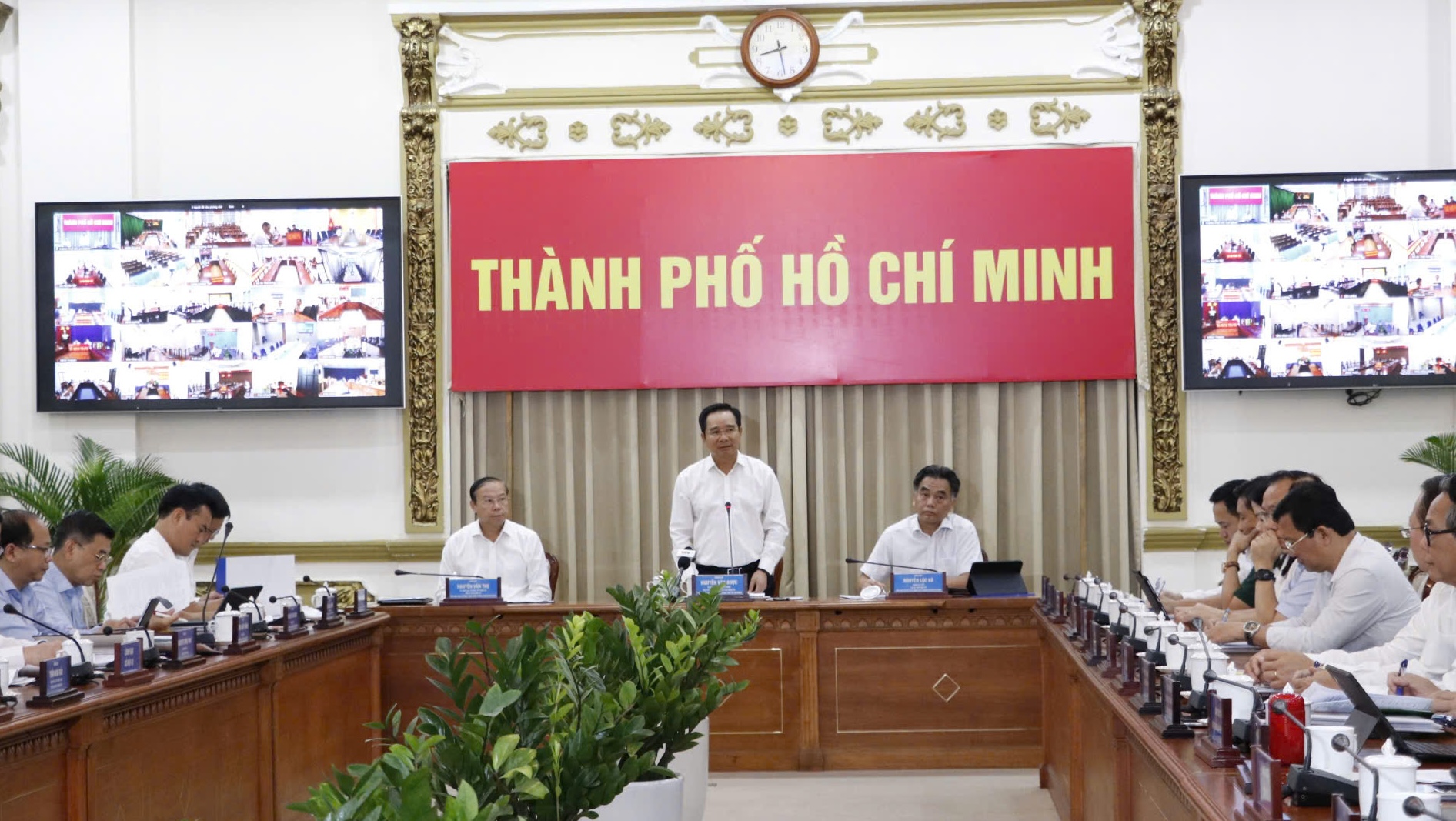
Chairman of Ho Chi Minh City People’s Committee, Nguyen Van Duoc, chaired the meeting
For instance, the Thu Thiem Eco Smart City Complex project by Lotte Properties HCMC Co., Ltd.; a project by Sunshine Group Joint Stock Company; and a project at 117-119-121 Nguyen Hue by the Bank for Investment and Development of Vietnam.
The working group also focused on resolving major issues related to public assets, unused or inefficiently used headquarters, and problematic construction projects of state-owned enterprises.
Concerns About Capital Disruption
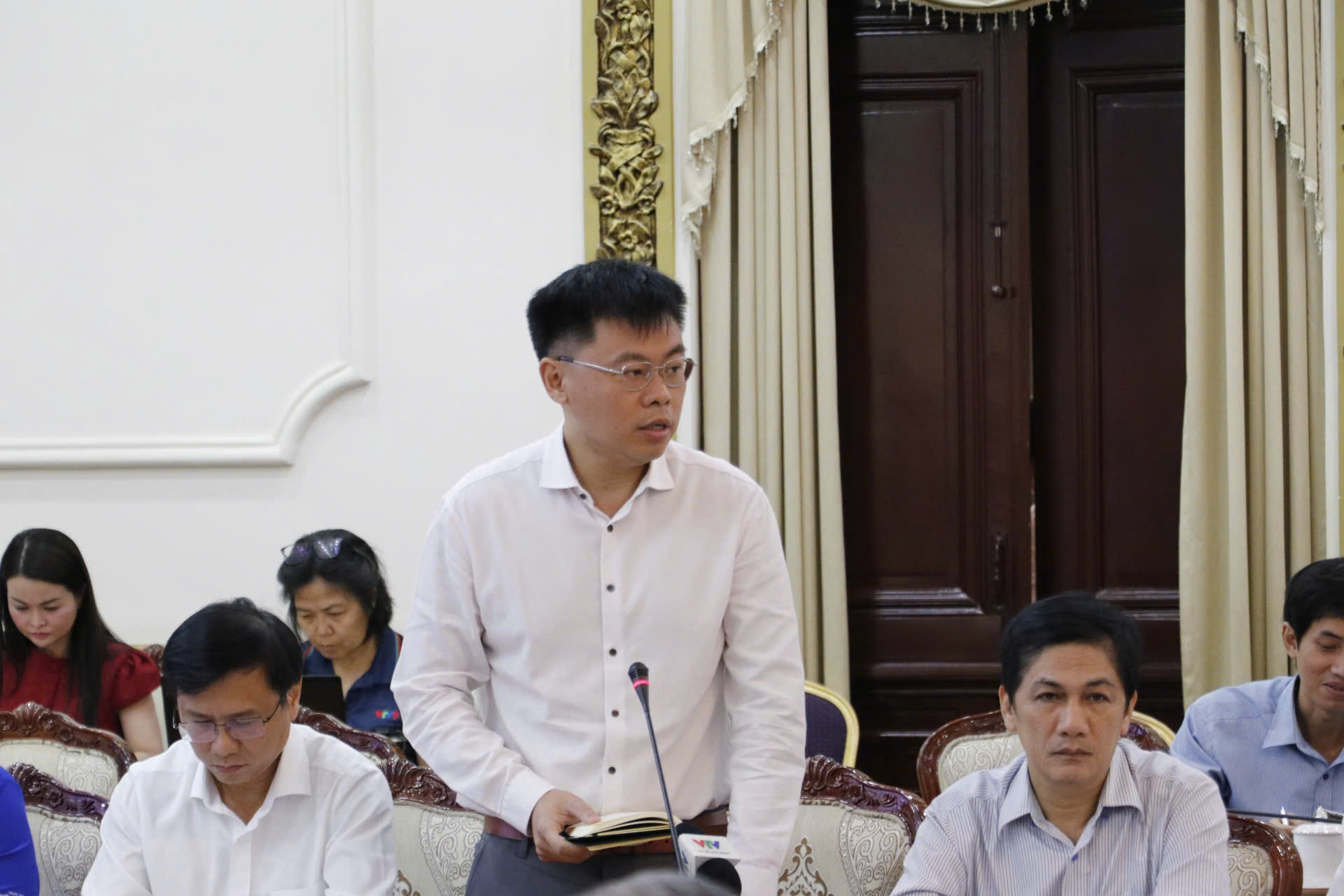
Dr. Truong Minh Huy Vu, Director of the Ho Chi Minh City Institute for Development Research, spoke at the meeting
Dr. Truong Minh Huy Vu, Director of the Ho Chi Minh City Institute for Development Research, acknowledged the positive socio-economic developments in July, which boosted the business community’s morale amid global and regional uncertainties.
However, he cautioned that Ho Chi Minh City’s ability to absorb capital requires special attention following its merger with Binh Duong and Ba Ria-Vung Tau. The crucial question is not about the availability of funds but rather the efficient allocation of resources and their effective utilization in projects. If capital flows into the market without proper control, inflation and consumer prices will surge.
Dr. Vu emphasized the need for a seamless policy absorption across the entire jurisdiction, including 168 wards and the special district. He suggested close monitoring and rigorous evaluation to ensure that existing policies reach the right beneficiaries and achieve their intended impact.
With the city attracting investors and project proposals, Dr. Vu warned that capital inflows would not sustain if the city fails to promptly adapt to investors’ policies and requirements. He proposed a unified development approach of “1 center – 3 areas – 1 special zone,” ensuring seamless project execution in the former Binh Duong and Ba Ria-Vung Tau regions, thus preventing capital and project disruptions.
A Fresh Proposal for the Can Gio Bridge Project: A $450 Million Vision
“Investors are proposing an exciting new project: a 7.3-km long Can Gio Bridge, totaling over VND 10,500 billion in investment, utilizing the build-transfer model. This ambitious infrastructure project aims to connect the southern area of Ho Chi Minh City with Can Gio, offering a much-needed alternative to the Binh Khanh ferry.”
The Big Three: A Joint Venture Proposal for the Can Gio Bridge
“The Trung Nam Group, alongside two renowned development entities, have proposed an innovative plan to construct the Can Gio Bridge through a Build-Transfer (BT) contract, a form of public-private partnership. This dynamic trio brings forth a unique opportunity to create a landmark infrastructure project, offering a strategic connection and a host of benefits to the community.”
The Rise of Southern Saigon: Real Estate Boom Near Phu My Hung
“Unveiling the secrets behind soaring land prices, Batdongsan.com.vn’s research data highlights the pivotal role of transportation infrastructure development. With a significant 41% influence, the construction of bridges, roads, and metros emerges as the prime mover. This is followed by a host of other factors, including the intricacies of urban planning, the psychological expectations of investors, population growth, and the ever-present demand for housing.”





